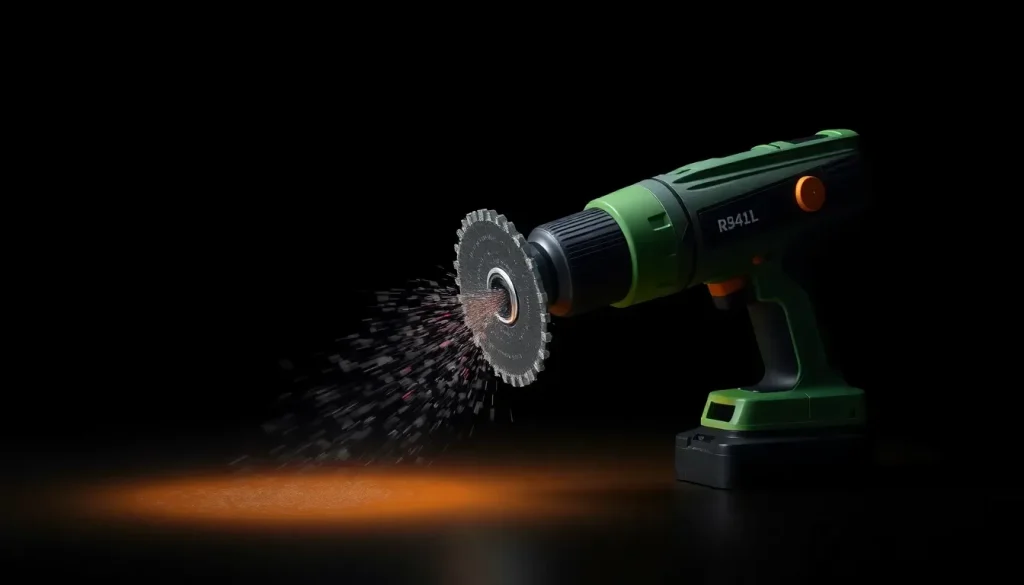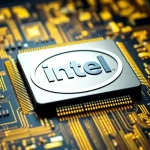CleverFiles Disk Drill Basic Review for 2025

Affiliate Disclosure: This post may include affiliate links. If you click and make a purchase, I may earn a small commission at no extra cost to you.
Data loss can be a nightmare for anyone, whether you're a casual user or a professional. Luckily, tools like Disk Drill offer solutions to recover lost files effectively. In this review, we’ll delve deep into the features, performance, and usability of Disk Drill 6.0 to see how well it holds up against its competitors.
User interface and usability
The first thing you'll notice about Disk Drill is its modern and sleek interface. Designed for ease of use, the layout allows users to navigate through the various recovery options effortlessly. The left sidebar showcases all available features, including recovery options and additional tools. Users can recover data from a variety of sources, such as:
- Hardware disks
- Logical volumes
- RAID arrays
- NAS devices
- Flash drives and SD cards
To initiate a data recovery, simply select the drive you want to scan and click on ‘Search for lost data’. The software promptly begins the scanning process, directing you to a results page that details the recovered data.
During the scan, users have the option to preview specific file types such as images, videos, and documents, providing a glimpse into the recoverable content. This feature allows for quick verification before proceeding with recovery, ensuring that the user knows what to expect.
Features of Disk Drill
Disk Drill offers a 100MB free data recovery limit, which may seem modest compared to its competitors like EaseUS Data Recovery Wizard and Stellar Free Data Recovery. However, it also includes several features that add value beyond basic data recovery:
- Data protection through the Recovery Vault
- Free byte-level backups
- Previewing lost files before recovery
- Predictive recovery capabilities
Disk Drill supports recovery from a myriad of devices, including laptops, desktops, HDDs, SSDs, USB drives, SD/CF cards, digital cameras, RAID setups, NAS devices, and mobile phones (available in macOS versions). It can recover many file types, such as:
- Videos
- Audio files
- Images
- Document archives
- File formats like OTF and SQL
This software aims to recover files from various scenarios, including emptied recycle bins, crashed hard drives, formatted external drives, and corrupted memory cards. It's crucial to validate the recoverability of files before upgrading to the paid plan.
Understanding limitations before use
When dealing with NAND flash-based storage that has TRIM enabled, caution is advised. The TRIM command marks deleted data as invalid almost immediately, which means that recovery becomes impossible once the garbage collection process runs. This process can vary in length based on the SSD's usage and controller capabilities. Disconnecting the drive can help avoid automatic data clearing.
For this review, tests were performed using a secondary Gen 3.0 NVMe SSD and a USB 2.0 flash drive. Both drives were securely erased using KillDisk to prepare them for accurate testing.
Scanning capabilities of Disk Drill
In my tests, I decided to use an old hard drive that had previously been utilized for system backups. After formatting it months ago, I aimed to evaluate how much data Disk Drill could recover.
The scan took approximately 1 hour and 35 minutes and resulted in the discovery of 118,922 files, amounting to 120 GB of data, with a significant portion deemed recoverable. This performance is commendable, though actual recovery speed can depend heavily on the device's performance. Users can opt for either a quick scan or a more thorough deep scan, which is particularly effective in uncovering hidden files.
While the scanning process is generally efficient, it's worth noting that not all files may be recoverable, and some may even be corrupted upon recovery. The software occasionally fails to detect certain files, necessitating multiple scans for thorough recovery.
Test setup details
For this review, I utilized the following hardware:
- Gen 3.0 NVMe SSD
- 5200 RPM 2.5″ hard drive
- USB 2.0 flash drive
The operating system for this test was Windows 11 Home, and Disk Drill 6.0 Basic was the software in use. A mixed batch of files was created for testing, including images, icons, videos, documents, and zip folders. All drives were securely erased before transferring the test data.
Scenario 1: Accidental deletion
In the first test, I transferred a test folder to my internal SSD, deleted it shortly after, and cleared the recycle bin. After waiting a minute, I initiated the scanning process first with a quick scan, followed by a deep scan.
The scan completed in approximately 10 minutes and uncovered 1.16 GB of data, successfully retrieving most of my test folder, along with data from the recycle bin. The program accurately identified the files, allowing for selective recovery. However, it is crucial to be cautious with the 100MB limit, especially when recovering multiple images.
Scenario 2: Formatted flash drive
Next, I tested recovery capabilities on a USB flash drive. After securely erasing the drive and transferring the test folder, I formatted it before running the scan the next day. I opted for a quick scan this time.
Disk Drill performed admirably, locating most of the deleted data without issues, showcasing its effectiveness even with formatted drives.
Scenario 3: Partition recovery
In another test, I manually removed partitions from a drive formatted with FAT32. To my satisfaction, Disk Drill successfully identified the lost partitions during the scan, demonstrating its ability to recover lost data effectively.
Recovery performance: strengths and weaknesses
The user interface of Disk Drill is commendable, coupled with a decent scanning speed. The deep scan feature is particularly valuable for thorough data recovery, providing a preview and estimated recoverability for files.
However, some concerns arise regarding the accuracy of file identification, as it sometimes detects unusual files that are not present on the drive. Additionally, the recovery size estimates can be inconsistent, and the free version’s data recovery limit could be improved to allow users to better evaluate its capabilities. While some extra features like backups are included, they may not significantly contribute to the overall data recovery process.
Pricing and options
Disk Drill offers a paid version priced at $89.00 USD for lifetime access, which includes unlimited data recovery for a single user. The free version serves as a good starting point for users to explore the software's capabilities, making it worthwhile to try before purchasing. However, the pricing is relatively high compared to other data recovery software with similar features.
Disk Drill alternatives
If you're exploring other options, consider alternatives such as:
- EaseUS Data Recovery Wizard
- Stellar Free Data Recovery
- Recuva
- MiniTool Power Data Recovery
Each of these alternatives has its own strengths and weaknesses, making it worthwhile to compare features before settling on one.
To supplement your understanding of Disk Drill, you might find this video helpful: Best Data Recovery Software? | Disk Drill Review.




Leave a Reply